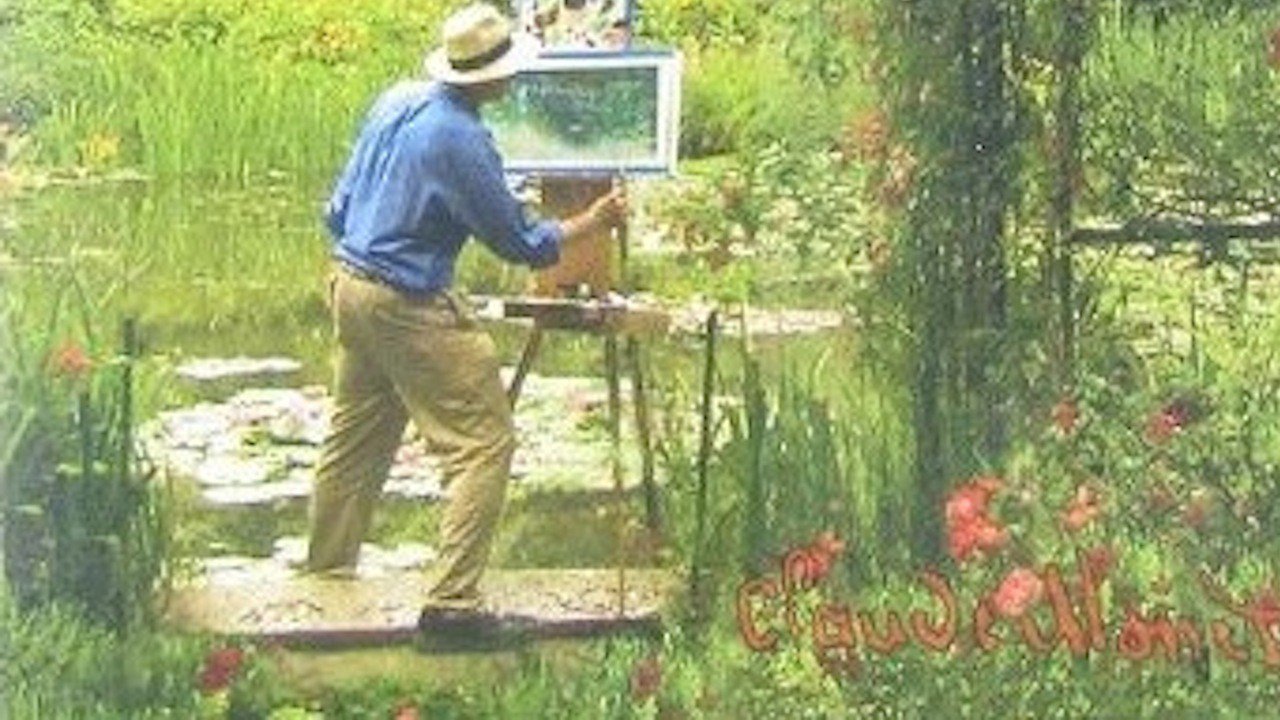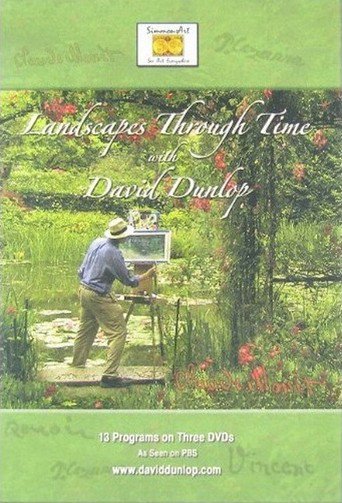Landscapes Through Time with David Dunlop (2008)
Seasons & Episode

David takes us through the tumultuous, penultimate year of van Gogh's life - 1889, spent in the asylum of St. Paul de Mausole at St. Remy. David demonstrates the personally expressive palette and brushwork of van Gogh while describing van Gogh's uniquely spiritual and impassioned intentions for painting. David demonstrates van Gogh'sdrawing techniques as a preparation for his paintings, reveals his connections to Dutch landscape painting and Impressionist color, and shows how he employs these ideaswith expressive, moving gestures in the landscape of van Gogh.

Travel with David to the locations of Paul Cezanne';s (1839-1906) natural inspiration near Aixen Provence & Mont Saint Victoire. David considers Cezanne's ambitious struggle with the contradiction: how to present stability and form with change and movement. David demonstrates Cezanne's strategies; from sketch to watercolor to oil, and discusses Cezanne's insights into acts of visual perception. He discusses Cezanne's difficulties, frustrations, and his ultimate success - as the father of Modernism.

At PierreAuguste Renoir's (1841-1919) home and studio in Les Colettes in the South of France, David takes us through the ancient olive grove overlooking Nice and the Mediterranean.David traces Renoir's difficult but ultimately successful quest for putting clean and strong color into soft and suggestive shapes. David sets his easel precisely where Renoir set his and demonstrates Renoir's methods, describing their effects and explaining his thoughts.

David visits the dramatic Northern French Coast of Normandy at the harbor of Honfleur with its distinctive skyline - a favorite location of Joseph Mallord William Turner (1775-1851). Acknowledged as one of history's greatest landscape watercolorist, Turner deftly transfers his innovative watercolor techniques to his oil painting. David explores this remarkable series of innovations while considering Turner's techniques and composition, borrowed from the atmospheric perspective and freely interpreted landscapes of 17th century French landscapemaster Claude Lorrain.

David introduces the majestic white cliffs rising out of the sea at Etretat on the Normandy Coast and their role in the inventive periods ofFrench painting from the romanticism of Delacroix, the realism of Courbet to the Impressionism of the late 1860's through the 1880's.They all respond to Etretat's iconic arches over the sea. He compares the styles and visions of Etretat's artists and reveals the keys to their paintings.

Old Lyme, CT was a popular artist colony at the turn of the century with many painters who had also painted in Paris and Giverny, learning the new trends from the French avant-garde. David takes us to the Florence Griswold Museum garden and demonstrates how American Impressionists create the sensual experience of interwoven color, texture, and movement from a palette of complementary colors painted outside or en plein air, a term made popular during this time.

David visits the top of the 300-foot Kaaterskill Falls in the Catskill Mountains, painted by many Hudson River artists. These artists, considered the first American school of painting, portrayed the awesome immensity and sublime effects of nature. These artists painted from a various motivations but always with a scrupulous observation of nature, in the words of Thomas Cole (1800 - 1848), considered the father of the Hudson River painters. David paints the magnificent wilderness painted by discussing Thomas Cole and Sanford Gifford (1823-1880).

David examines the distinctly American style of Impressionism that retained more of a basis of drawing and sketching and more of a reliance on classical forms - all inherited from the Hudson River Painters. He considers the new technologies in paint, new scientific ideas of perception, and their methods for realizing a sensual, personal vision on canvas as he paints a River scene reminiscent of the painting by Childe Hassam called Summer Afternoon.

David visits Olana, Frederic Church's Persian-inspired home in the Hudson River Valley, painting the expansive vista of the Hudson River Valley. The Hudson River Painters, considered the first American school of painting, were profoundly influenced by European traditions, especially the Ideal Italian landscapes of Claude Lorrain. They were popular from 1825 to 1875 and gave Americans their pictorial sense of national identity.
Watch Trailer
Free Trial Channels























